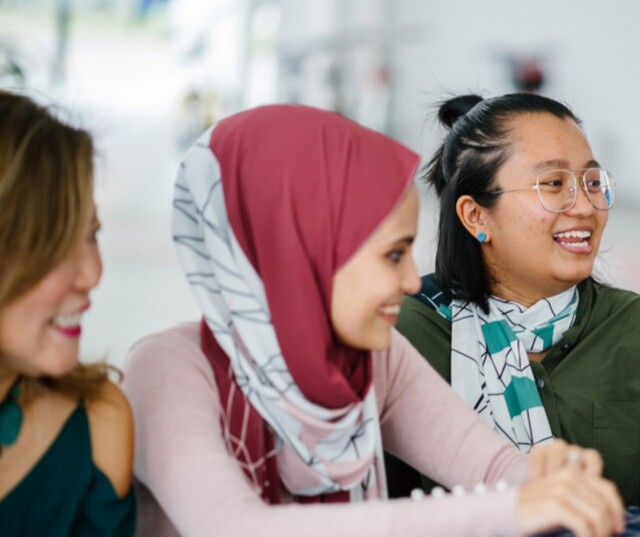Various examples of Councils working to achieve best practice in national Local Government issues were presented during the Assembly in concurrent workshops.
Featuring a number of case studies submitted by Councils and Voluntary Regional Organisations of Councils from around Australia, they demonstrate innovative and interesting projects across a range of categories furthering the Local Government national agenda. The following is a selection of best practice examples presented.
Civics and citizenship
The City of Happy Valley is an outer metropolitan Council on the southern side of Adelaide. It has a population of 40,000. A rapid growth area, the region has a large youth population demanding social planning to provide various support services. Strong support for families has been a central theme in program development. Council has recognised that the best place for a teenager is usually in a functioning family. ‘Teenagers – a family matter’ shows Council’s approach in developing a partnership with families, the community and all spheres of Government, to develop low cost and effective services for young people and their families. One of the key success factors of Happy Valley Council’s youth strategy is the breaking down of barriers between Departments and adopting an integrated approach to services.
For further information contact David Sharp, Community Development Officer, telephone (08) 8374 6203.
Environment
Sutherland Shire in NSW has recognised that most Local Government bodies use management plans, business plans, and some strategic plans, in order to define business direction and requirements. However, environmental management plans, often take secondary status. Council has recognised the need for environmental management to be incorporated into the core business of Councils, rather than merely an addition in the corporate and management planning process. Similar to several other Councils, Sutherland has responded to increased public expectations with respect to environmental protection in local governance. The Council has identified problems and solutions in the following areas.
- The need for a changed planning approach in key areas such as waste minimisation, through Local Government and State investment in infrastructure and market development and public transport enhancement through tied funding for public transport infrastructure.
- The need to update service provision, particularly using Environmental Management Systems.
For further information contact Dr Gary Smith, Principal Environmental Scientist, telephone (02) 9710 0367.
Microeconomic reform
Brisbane City Council has recently negotiated its second enterprise agreement. This is an example of national best practice both in its bargaining process and its content. Various awards have been received by the organisation and individuals involved. The agreement operates as a business tool to achieve a competitive commercial organisation while using its own skilled workforce. The Agreement also aims to develop Brisbane as an innovative, responsive and flexible learning organisation. It is an extension of corporate business planning processes and has involved extensive consultation with the entire workforce.
For further information contact Lyn Russell, Manager Human Resources Division, telephone (07) 3403 4128.
Indigenous issues
The East Gippsland Municipalities Human Services Committee formed a separate committee, the ILAP Bataluk Cultural Trail Management Committee, for an exciting eco tourism initiative. It is a joint project involving Aboriginal elders representing the five Aboriginal communities and local Councils in the East Gippsland area of Victoria. This project demonstrates a coordinated and cooperative approach between the Koorie community and Local Government in the region. It has bought together the local community and all spheres of government, working to achieve the common goal of employment and promotion of the region and is the first project of its type in Victoria. Aboriginal culture and heritage has been acknowledged, by identifying positive employment and training opportunities for the region through the Bataluk Cultural Trail. Covering approximately 500 kms from Sale to Cann River, the Trail identifies 15 Aboriginal sites. The project has created employment and economic development opportunities for Koories and non Koories. They include the day to day business of promotion, marketing and information dissemination to the local community, maintaining and managing the sites on the Trail and acting as tour guides and interpreters.
For further information contact Karen Milward, Aboriginal Policy Officer, Municipal Association of Victoria, telephone (03) 9823 5549.
Economic and regional development
Illawarra Region of Councils’ World Wide Web site, developed in conjunction with the Regional Development Board, has over 90 pages promoting the Region. The Web site is a good example of Local Government using new technologies to enhance regional economic development, promote tourism and improve access to information. Economic development is promoted through an economic profile and links to sites, such as the Illawarra Regional information Service, regional contacts for the Regional Tourism Office and links to major tourist attractions. IROC’s Home Page is at www.peg.apc.org/~iroc/
For further information contact Lesley Scarlett, Executive Officer, IROC, telephone (042) 323 200.







